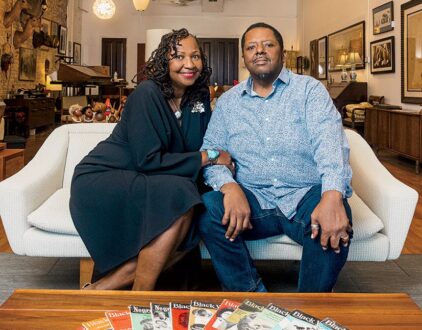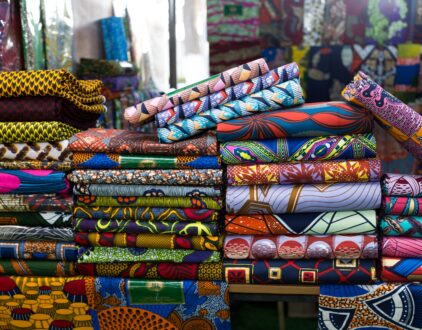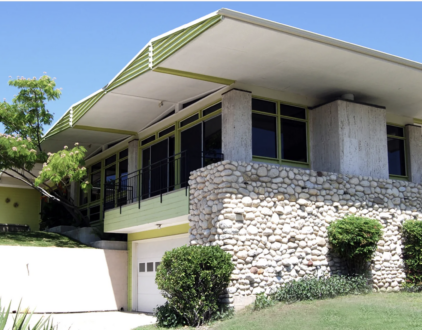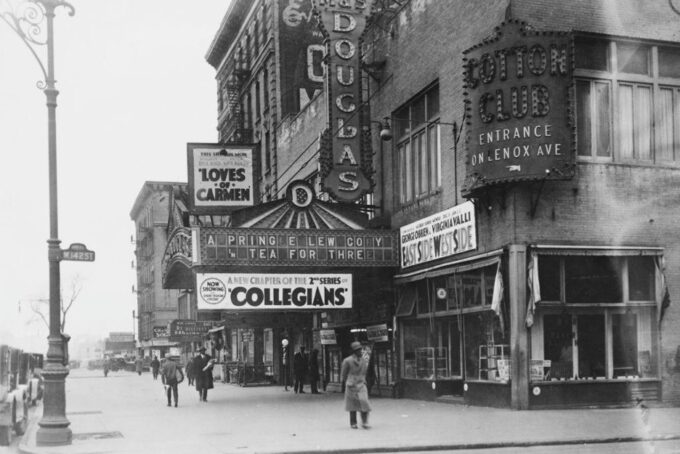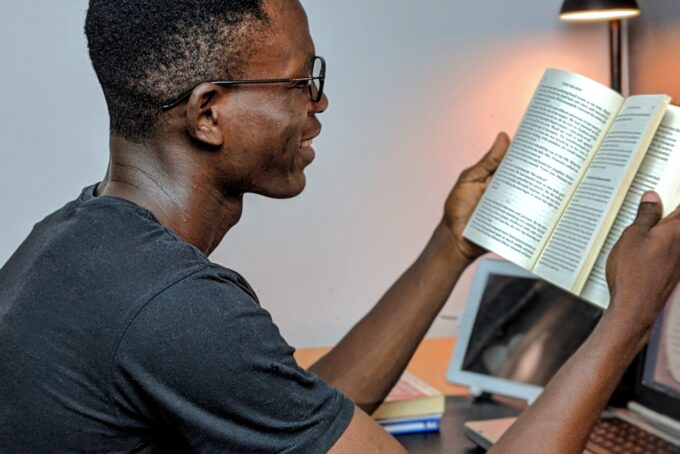From science to literature to entertainment, Black people have made powerful contributions throughout world history. This is especially true in the architectural, engineering, and design space, where they’ve helped construct some of the most impressive landmarks in the world. From the grand, Neoclassical design of the White House to the hallowed halls of the U.S. Capitol Building, their past contributions left an indelible mark on our present and future.
5 Iconic Landmarks Designed by Black People
The legacies of Black architects, engineers, and designers serve as an inspiration to current and future generations who hold the torch in paving the way for a more inclusive and equitable future for all. Here are five popular landmarks in America and the Black architects who brought them to life.
The Prince Hall Masonic Temple
Located in Philadelphia, Pennsylvania, the Prince Hall Masonic Temple is a historic landmark designed by Black architect Clarence W. W. Wigington. Recognized as the first African-American architect in the United States, Wigington became a titan in the industry with his work spanning a variety of projects, including the Highland Park Golf Clubhouse and the downtown St. Paul Police Station municipal buildings and community centers.
Today, the Prince Hall Masonic Temple not only serves as a gathering place for the Freemason fraternity but also stands as a shining example of Wigington’s incredible contribution to architectural design.

The Freedom Tower
Rising defiantly from the ashes of Ground Zero, the One World Trade Center — now called The Freedom Tower — is a powerful symbol of American unity and resilience.
Architect David Childs of Skidmore, Owings & Merrill is credited with helping to create this fantastic tower. However, part of the team included an incredibly diverse group of architects, engineers, and construction workers who helped make it a reality as well. Many of these talented individuals were of African descent, and because of their hard work in bringing this iconic structure to life, we can see the impact of diversity on architectural excellence today.
Duke University
As the first Black person accepted into the University of Pennsylvania’s architectural division, Julien Abele contributed to the design of many academic and cultural institutions in the U.S. This includes Harvard’s Widener Memorial Library, the Philadelphia Museum of Art, and of course, Duke University.
Even though Abele didn’t design the entirety of Duke University, he did design the west campus, which included the university chapel, the Allen Administration Building, and the Cameron Indoor Stadium. In 2016, the university renamed its main quad to the Abele Quad to celebrate his contributions and legacy.
The National Museum of African American History and Culture
The National Museum of African American History and Culture located in Washington, D.C., is a famous landmark where you can learn about African American history and culture. This monumental building was designed by David Adjaye, a British architect of Ghanaian descent known for highlighting the nuance of identity, memory, and place in his designs.

Wall Street
You don’t have to be a finance buff to have heard about the iconic Wall Street in New York. Located in the Financial District of Lower Manhattan in New York City, this bustling street is pretty much synonymous with American finance and commerce.
While many people recognize this iconic landmark, experts believe that African-American slaves helped build the wall that made it popular — hence the name.
popular posts
- 1It’s Black Business Month, So Let’s Go Shopping and #BuyBlack!
- 2These Home Decor Items Will Instantly Make Your Space Look Outdated
- 3Black-Owned Home Decor Stores To Support Across the United States
- 4A Look Inside Elon Musk's Tiny $50,000 House
- 57 Black and Multicultural Designers To Follow For Design Inspo
Spaces
Whether it’s luxury or ease, every area of your home should be as fabulous and unique as you.
8 Spooky Home Superstitions That Will Keep You Up at Night
by Brittni Williams | October 26, 2023
7 Must-Reads for Your Home Library This Black History Month
by Brittni Williams | February 21, 2024
4 Modern Black Design Icons You Need To Know (If You Don't Already)
by Brittni Williams | February 1, 2024
FOLLOW ALONG ON INSTAGRAM
#homeandtexture
Find us on social for more home inspiration where culture, personal style, and sophisticated shopping intersect to help you create a home where you love to live.

